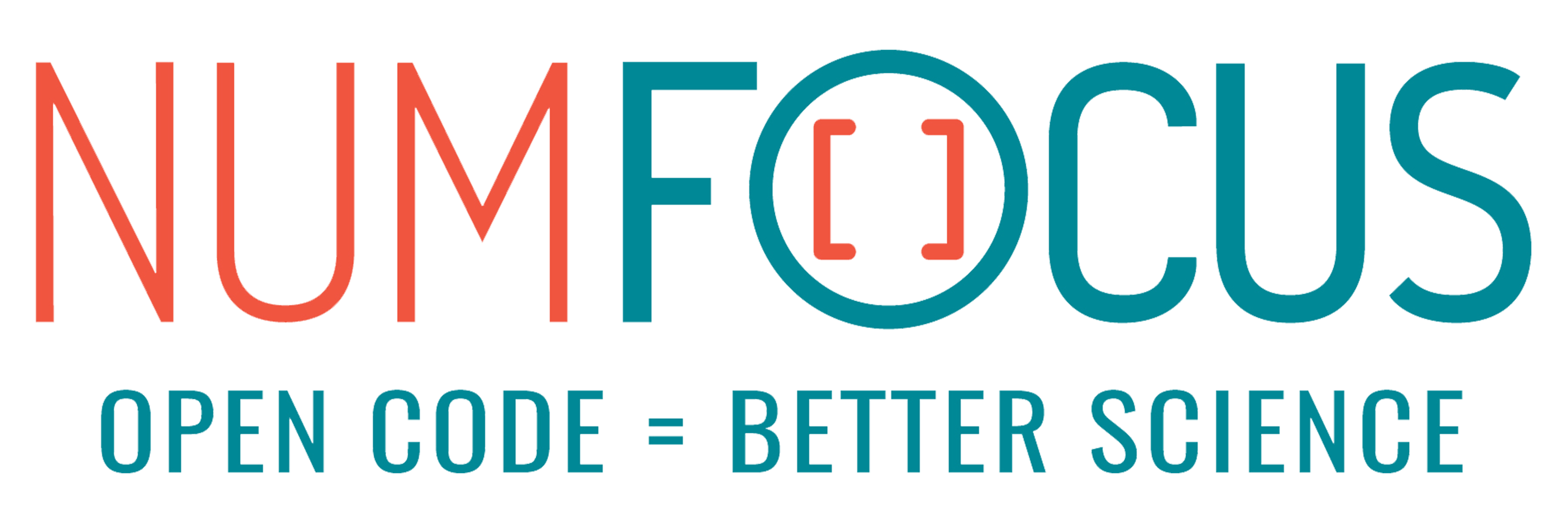| Test suite status | |
| Site/Content version |  |
| Docs |    |
| Status Dashboard |  |
| Binder | |
| Code of Conduct |  |
| Fiscal Sponsor |  |
HoloViz provides high-level Python tools that are designed to work together to solve the entire problem of visualization, from conducting exploratory data analysis to deploying complex dashboards.
The core HoloViz projects are:
- Panel: Create interactive dashboards in Jupyter notebooks or standalone apps
- hvPlot: Quickly and interactively explore data with a familiar API
- HoloViews: Visualize while you analyze by declaring data properties
- GeoViews: Extend HoloViews for geographic data
- Datashader: Render big data images in a browser
- Lumen: Construct no-code dashboards from simple YAML specifications
- Colorcet: Plot with perceptually based colormaps
- Param: Declaratively code in Python

|

|

|

|

|

|

|

|
All HoloViz projects are freely available for commercial or non-commercial use according to a permissive open-source license as described in each project's website.
HoloViz uses a custom open governance model and is fiscally sponsored by NumFOCUS. Consider making a tax-deductible donation to help the project pay for developer time, professional services, travel, workshops, and a variety of other needs.
NumFOCUS donation details
NumFOCUS is a 501(c)(3) non-profit charity in the United States; as such, donations to NumFOCUS are tax-deductible as allowed by law. As with any donation, you should consult with your personal tax adviser or the IRS about your particular tax situation.
This repository provides an entry point for the HoloViz ecosystem. The best way to experience this repository is on HoloViz.org.
This website provides:
- Introduction to the HoloViz organization and its projects
- Guidance for which HoloViz tools to start with given different use cases
- Demonstrations of using multiple HoloViz tools in a single workflow
- Communication channels and FAQ for HoloViz community members
- Governance, roadmap, and contributing guide for HoloViz developers
We recommend starting with holoviz.org/tutorial. If you already have a problem to solve that involves a particular data type, check out holoviz.org/background for guidance on which HoloViz tools to focus on.





































